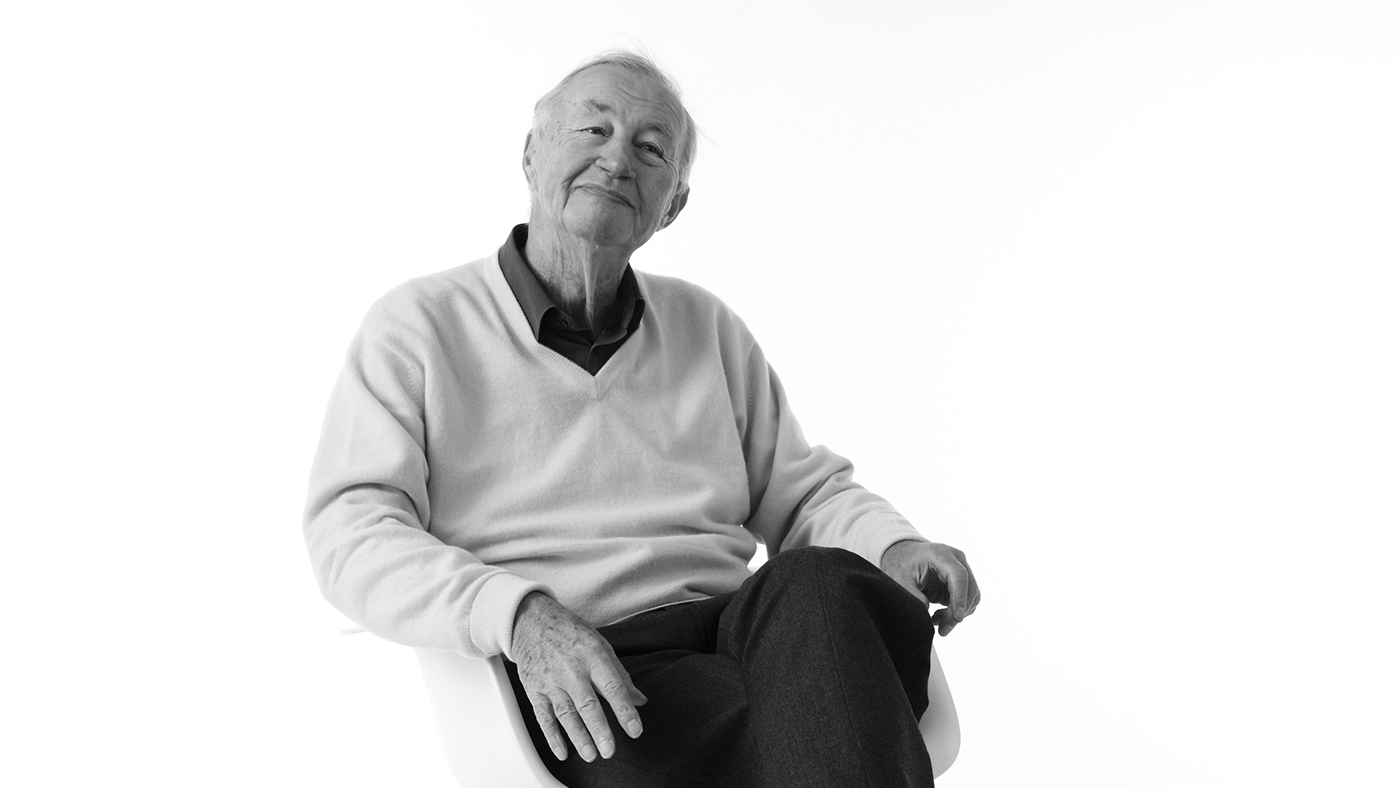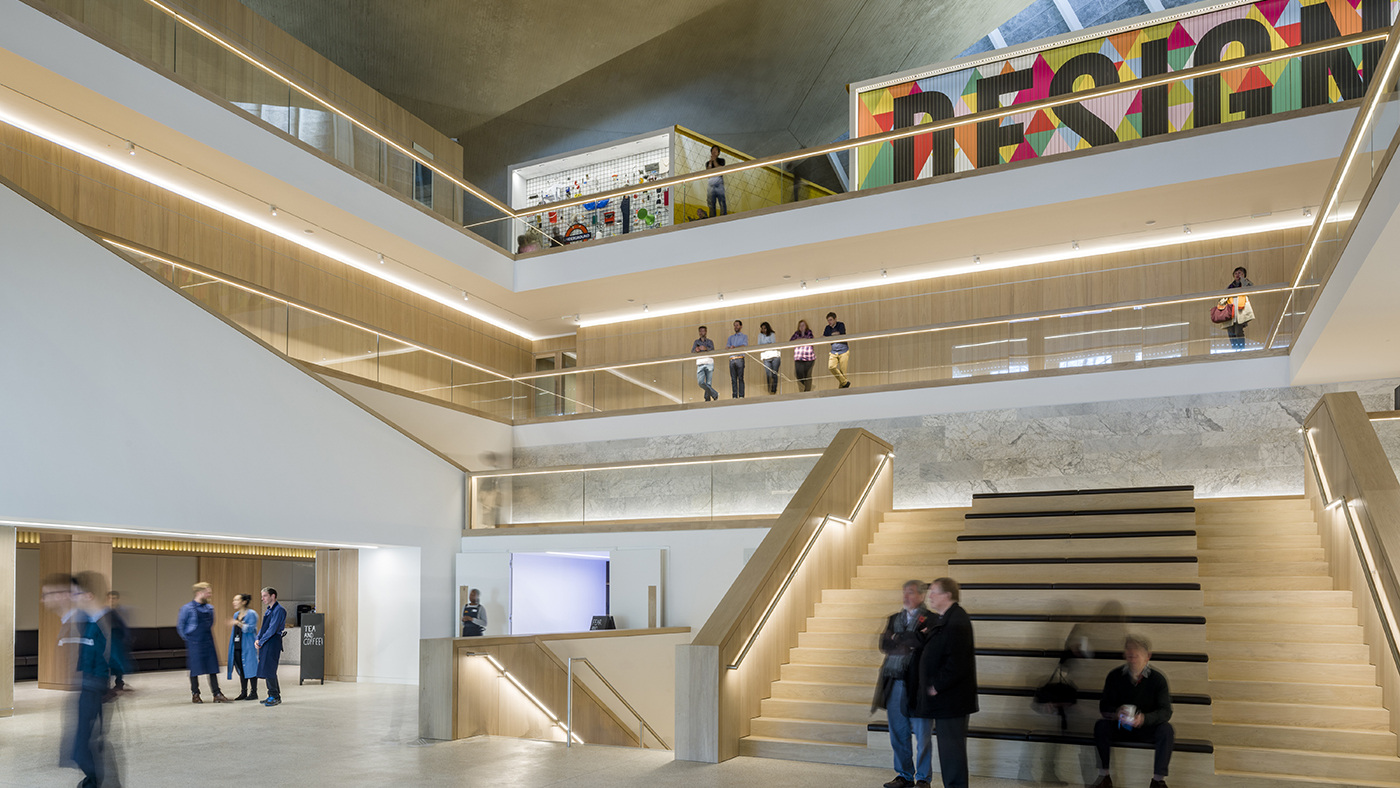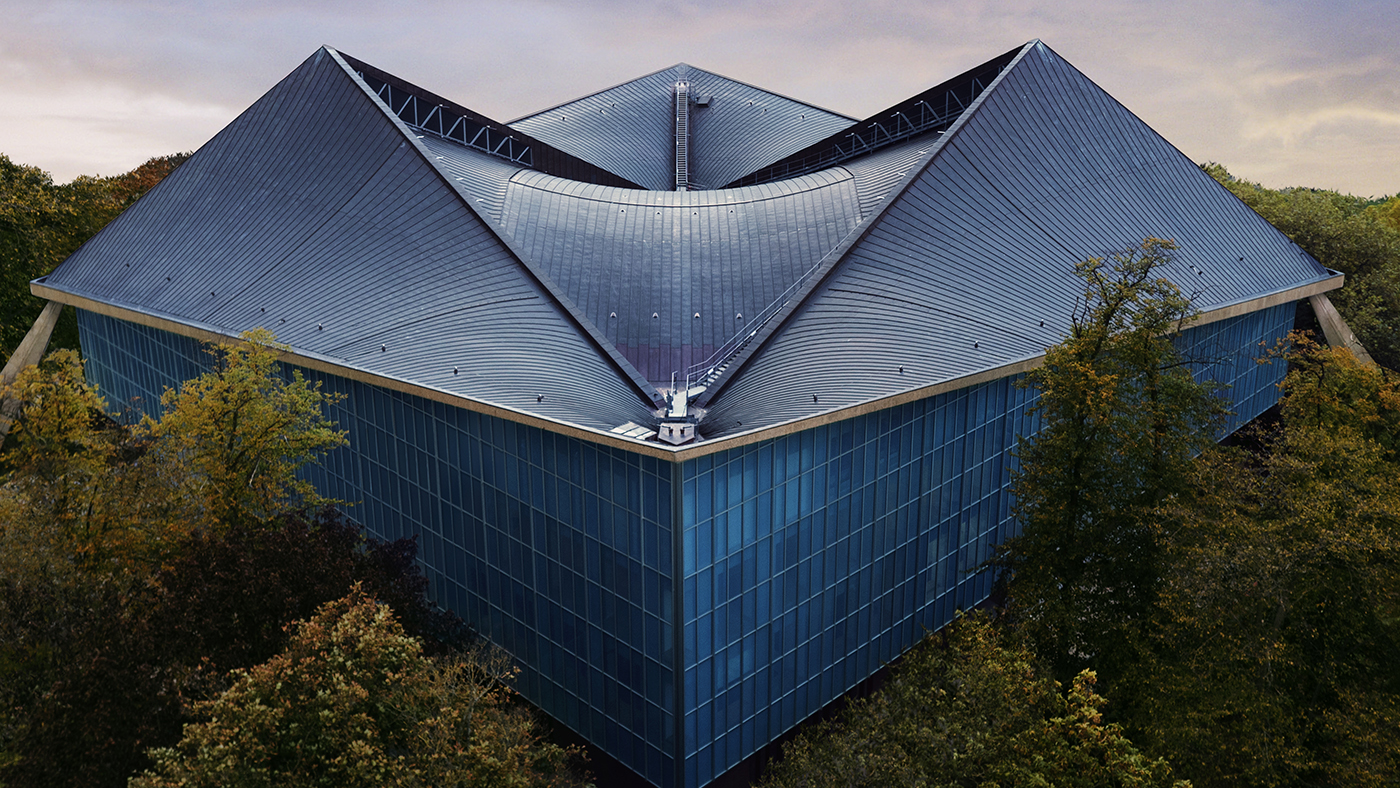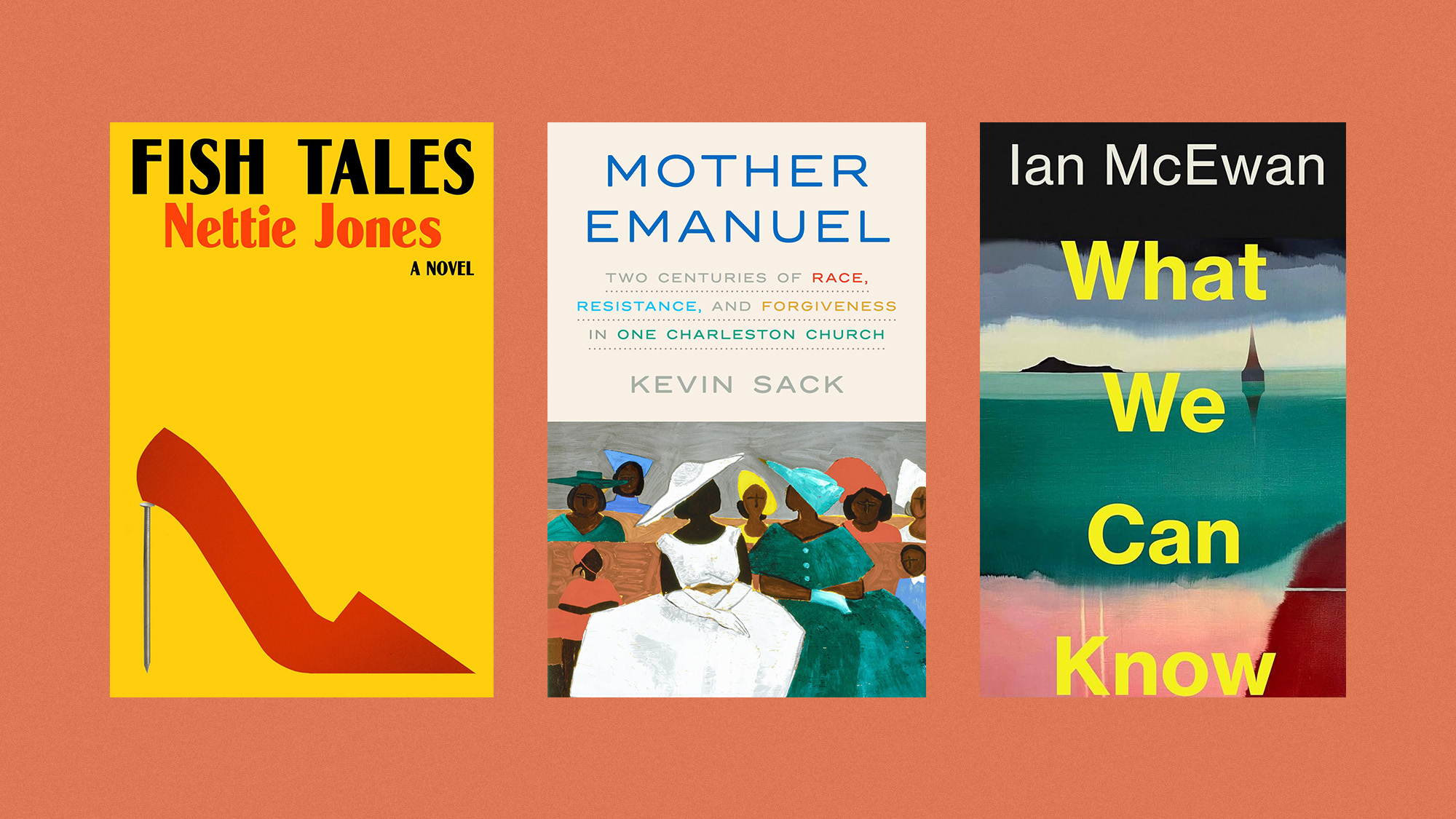Sir Terence Conran on the Design Museum
The industry icon looks back at the remarkable journey of Britain's first design-dedicated exhibition space, ahead of its grand reopening



If I were asked to pick the single most rewarding achievement in my long design career so far, I would not hesitate to say founding the Design Museum in London. With one eye firmly on the future, however, moving the Design Museum to Kensington in 2016 has been overwhelmingly the most important and exciting. This is our time and this is our big moment. It has allowed all our dreams and ambitions for the museum to come true, creating a world-class space with the size and scope for the serious promotion and celebration of design and architecture in this country.
Creating the Design Museum was a hugely significant development for design in the UK and also for me personally – I suppose you could say it was my "patriotic urge". I'd been involved in selling design to the public and to industry for nearly 30 years, but I had a fierce conviction that we could do more. It was the feeling that we could use intelligent design to change and improve Britain, acting as a catalyst for social and economic change.
So in the early 1980s, with Habitat becoming a public company, I found myself with rather a lot of money for the first time and wanted to make a positive contribution to society. I tried to formulate ideas, and I kept coming back to the realisation that design education was not being well understood by government and that it could be vitally important to the future of our country.
The Week
Escape your echo chamber. Get the facts behind the news, plus analysis from multiple perspectives.

Sign up for The Week's Free Newsletters
From our morning news briefing to a weekly Good News Newsletter, get the best of The Week delivered directly to your inbox.
From our morning news briefing to a weekly Good News Newsletter, get the best of The Week delivered directly to your inbox.
Paul Reilly was something of a mentor to me at that time and hugely influential in shaping my big idea. He headed up the Design Council, which was a truly vibrant place under his leadership, and over the years he did a tremendous job as the chairman of The Conran Foundation as we launched the Design Museum.
The Triennale exhibitions in Milan had always been stimulating for me, seeing at first hand the best of contemporary Italian and international design at a time when that country's designers were conquering the world. These were absolutely first-rate, influential design exhibitions that opened the eyes of both students and manufacturers to the best contemporary design products in the world.
Paul and I agreed that a museum of industrial design of our own in Britain, featuring products from across the world, could be a very successful and influential project. I began to dream about creating a modest version of what I had been so inspired by in Milan, and set up The Conran Foundation determined to create a permanent home for the display of modern design.
Paul introduced me to Stephen Bayley, who was bursting with energy, ideas and ambition, and who would go on to become the first director of the museum. We approached Roy Strong, the director of the Victoria and Albert Museum, to see if he had any space, and he offered us a dark, dingy room in the basement that had formerly been used as the boiler room. There weren't even any stairs down to it, but I had always been seduced by quirky spaces and Roy said if we were prepared to convert the space ourselves then it was ours.
A free daily email with the biggest news stories of the day – and the best features from TheWeek.com
We created a simple white box that would become our home for the next five years, putting on something like 25 exhibitions with a vibrant and questioning approach. We became very popular very quickly, and we certainly learnt a lot about how to create a really serious museum. But after five years Roy and his curators needed the space back and we had to find a new home.
Around this time the big project in my life was the development of Butler's Wharf, and we thought: why don't we take our museum and our ideas there with us? The London Docklands Development Corporation was keen to bring more cultural uses to the area, so we knew we would have its backing.
We identified an old derelict banana warehouse on the riverfront, which would become our home for the next 25 years. A team of Conran architects, headed up by Richard Doone, came up with a scheme that stripped back the brickwork and used the steel structure to create a simple, suitably Bauhausian building, which I thought was a perfect look for our new museum.
We opened in 1989, and since then the museum has always led the way in showing the work and inspirations of the most important designers and architects in the world – but more importantly we have supported and promoted the brightest young design talent. Our education and learning programme has connected with schools across the country, and we have the opportunity now to become the most important museum of design in the world. I founded the Design Museum to emphasise the importance of design in education and, more than a quarter of a century later, it fills me with great pride to see the galleries bursting with enthusiastic schoolchildren turning their own ideas into useful objects.

But now we have relocated to our wonderful new home in the magnificent former Commonwealth Institute building in Kensington. Designed originally by Sir Robert Matthew, it is an impressive listed building and the structure of the roof is extraordinary, an amazing geometric construction. The cathedral-like scale of what we have created at first made me gasp. I cannot praise the design team enough, who, led by John Pawson, have paid homage to the space as a wonderful piece of sculpture and created a building fit for the world's greatest museum of design.
It is a fine space in which to begin this bold and exciting new chapter in the Design Museum, under the excellent directorship of Deyan Sudjic and his team. We have three times more space than we had before, allowing us to show a wider range of exhibitions, and finally we have a dedicated area in which to properly showcase our world-class collection. We have created a library and a lecture theatre, both of which have significantly helped to extend our learning programme and go to the very core of the big idea I first shared with Paul Reilly all those years ago. I am certain that the sheer scale of our new Design Museum and the amount of space that we are giving over to education will become a vital part of Britain's future in design.
I also hope it will be embraced by industry and manufacturing, and be a place where government brings international visitors because they are proud to show off design in Britain. I believe it can be a catalyst that shows that quality of life can be improved significantly through intelligent design.
This is a remarkable opportunity to continue shaping Britain, and the new Design Museum can become the definitive voice of contemporary design, reinforcing our place as one of the world's leading creative economies. We can put design at the very heart of British creativity. Please join me and the design world on this exciting journey. Support us, enjoy our new exhibitions and our new home, and become part of the new Design Museum.
The Story of the Design Museum by Tom Wilson, featuring the above foreword by Sir Terence Conran, charts the story of the museum's life from its inception as the Boilerhouse Project to its new home in Kensington. Foreword reprinted courtesy of the Design Museum © 2016. The book is published by the Design Museum and Phaidon and will be released to coincide with the reopening on 24 November 2016; designmuseum.org; designmuseumshop.com
-
 ‘Lumpy skin’ protests intensify across France as farmers fight cull
‘Lumpy skin’ protests intensify across France as farmers fight cullIN THE SPOTLIGHT A bovine outbreak coupled with ongoing governmental frustrations is causing major problems for French civil society
-
 The best books of 2025
The best books of 2025The Week Recommends A deep dive into the site of a mass shooting, a new release from the author of ‘Atonement’ and more
-
 Inside Minnesota’s extensive fraud schemes
Inside Minnesota’s extensive fraud schemesThe Explainer The fraud allegedly goes back to the Covid-19 pandemic